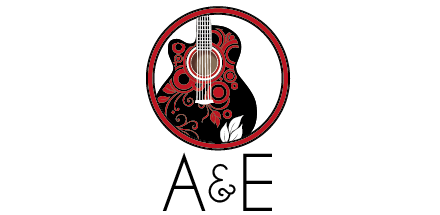When did St. Andrew’s Parish receive the moniker of West Ashley?
This is a recurring modern question and the answer can only be a speculation. The Church Act of 1706 created ten parishes in the colony of South Carolina. The land beginning along the western shore of the Ashley River was established as St. Andrew’s Parish with the boundaries defined by the year 1708 as “to the north-east by the north-west line from the north bounds of the plantation of Christopher Smith, to the north-west bounds of Berkley County, the bounds of St. James, Goose-Creek, to the South east by the sea, to the South-west by Stono River, and the bounds of Colleton County, and to the north-west by northwest bounds of Berkley County.”
By 1717 the population of the northern part of the Parish wanted a place to worship that was more convenient and an act of legislation split St. Andrew’s Parish and created St. George’s Parish. Many cartographic landmarks remain since the original definition of the Parish. And although the technical reference of West Ashley could mean anything from the Ashley River south on Savannah Highway the locals tend to equate the boundaries of St. Andrew’s Parish to West Ashley.
But when did the name switch? When the school was built it was known as St. Andrew’s Parish High School. When the Exchange Club formed in 1941 it was known as the Exchange Club of St. Andrew’s Parish. When the Hanckel family developed the shopping center on Savannah Highway in the 1950s it was called St. Andrew’s Center.
There was St. Andrew’s Garage, St. Andrew’s Homes, St Andrew’s Heights, St. Andrew’s Parish Fire Station, St. Andrew’s Riding Academy, and St. Andrew’s Freezer Locker Company. In 1947 Rosina Kennerty was selected Miss St. Andrew’s Parish for the Azalea Festival.
Yet, in the 1943 “Celebration of Progress” brochure prepared by the Exchange Club of St. Andrew’s Parish, there were also some other names used to describe either the area or that companies were embracing: an ad for the West Charleston Corporation — the company that developed Avondale; the Kerrison’s ad referenced the “People West of the Ashley”; “Moreland (Just West of the Ashley).”
The Parish had reason to celebrate progress in 1943. Fast-forward 15 years and the Parish’s progress opened the debate on whether or not to incorporate. The population had grown from 1,700 in 1938 to 22,000 in 1958. The need for infrastructure and services was increasing. Men lined up on either side of this debate and in the end a deal was brokered by Charleston Mayor Palmer Gaillard for annexation into the City of Charleston. Not every member of the Parish voted on this proposal and the Parish became fragmented. Even though the logic for City services influenced the vast majority of people to agree on annexation, there was still a strong sense of identity and pride associated with St. Andrew’s Parish.
This may be when the name began to change. Articles in the daily newspaper made reference to “West Charleston Business District” (known today as Avondale Point). Long before West Of first published in 2005, a local newspaper was named “West Ashley Journal.”
In the 1963 brochure prepared by the Exchange Club of St. Andrew’s Parish there are numerous references to West Ashley: “Your Friendly West Ashley Piggly Wiggly”; “West Ashley Exchange Southern Bell Telephone and Telegraph Company”; Charleston Oil Dealer –“Serving West of the Ashley”; “West Ashley Church of the Nazarene”; “West Jaycees”; and “West Ashley Civic Clubs”.
However, in September of 1945 a group of men met in the St. Andrew’s Parish Exchange Club’s building to form another civic club – the West Ashley Jaycees. So maybe the new identity started sooner than we think?
This column is called “West Ashley Flashback” and is published in the “West Of”. But pause for a minute and respect that we began as St. Andrew’s Parish. Ideas on the name change? Contact Donna at westashleybook@gmail.com.
(843) 766-WEST (9378)
publisher@westof.net













